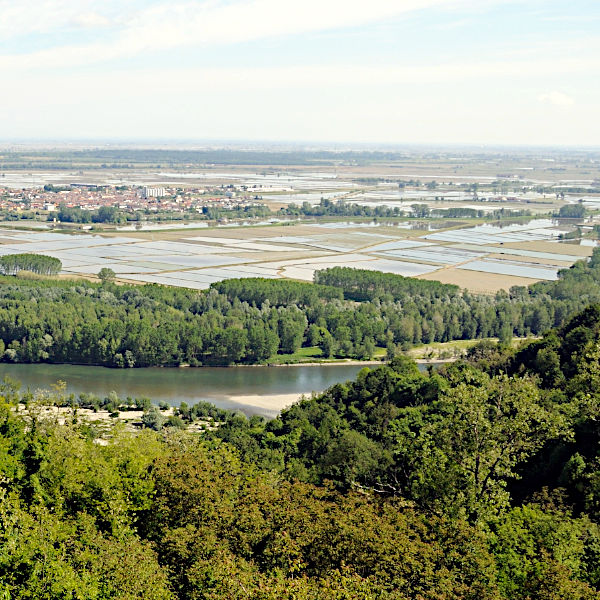We log anonymous usage statistics. Please read the privacy information for details.
Call for Papers: Implementing the Green Infrastructure Approach in Central Europe and beyond
Living Special Issue opened: 2019 - ongoing

Guest Editors / Edited by:
Marco Neubert, Leibniz Institute of Ecological Urban and Regional Development (IOER), Germany, Website
Thomas Wrbka, University of Vienna, Austria, Website
Hana Skokanova, Silva Tarouca Research Institute for Landscape and Horticulture, Czech Republic, Website
Henriette John, Leibniz Institute of Ecological Urban and Regional Development (IOER), Germany, Website
We invite contributions to a special issue on the implementation of the green infrastructure approach in Central Europe and beyond. This new special issue is related to the symposium „Implementing the Green Infrastructure Approach in Central Europe and beyond“ at the IALE World Congress 2019 in Milano, Italy.
The concept of Green (and Blue) Infrastructure raises more and more attention as an alternative draft of the often technical infrastructure-oriented planning system. The concept follows the ecosystem services approach and incorporates the multiple social, economic and environmental benefits provided by green infrastructure. It underpins human well-being and quality of life. The concept has been widely used in the urban environment. With the EU Strategy on Green Infrastructure that was implemented in 2013 this concept has spread also to the wider landscape to cope with the major future challenges like halting the biodiversity loss, sustainable growth or climate change mitigation and adaptation. Several European countries adopted own strategies, programmes or action plans to promote and implement the concept of Green Infrastructure, e.g. France (2011), Poland (2014), Lower Austria (2015) and Germany (2017). The most developed implementation approach can be found in United Kingdom, where Green Infrastructure is part of the National Planning Policy Framework since 2012. In other countries its implementation is somewhat lacking. One of the causes may be quite a lot of existing understandings or definitions explaining what Green (and Blue) Infrastructure is and also a lack of guidelines how to map it and analyse its functions. In addition, transferable practical implementation strategies are missing currently. The inter-link of the green infrastructure concept with other existing concepts like ecological networks (e.g. territorial system of ecological stability in the CZ and SK) may help to force this process. Therefore, recent challenges are to develop unified, easy-to-use methods for mapping, evaluating and assessing green infrastructure, its functions, and public benefits. Furthermore, methods how to identify the specific local needs for green infrastructure and its benefits are necessary. Finally, strategies and action plans for the practical implementation of green infrastructure and where to best invest into green infrastructure need to be developed.
If authors want their manuscript considered for this special issues please mention during the submission process in the cover letter using the text field Comments for the Editor.






